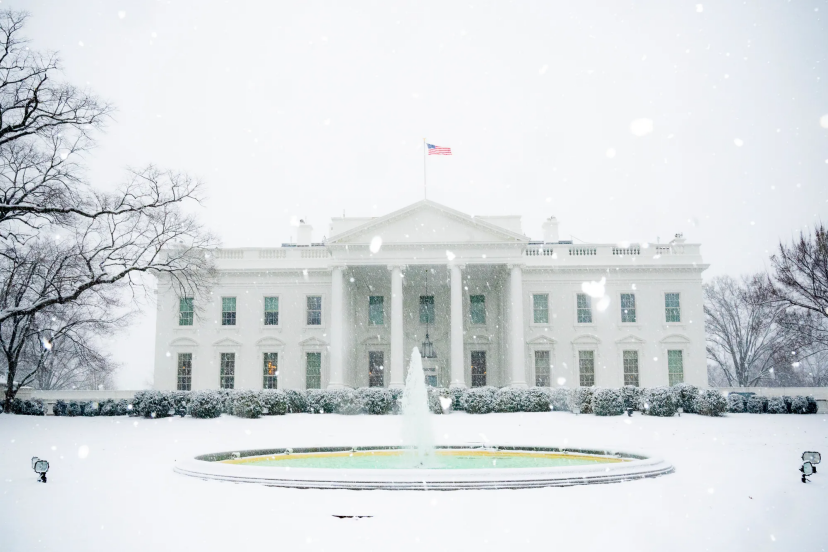According to foreign media reports, the US Department of Commerce has determined that there are unfair subsidies associated with graphite products imported from China, prompting the decision to impose a preliminary anti-dumping duty of 93.5%. As graphite is a key raw material for electric vehicle batteries, this tax decision has drawn widespread attention from the industry. The US Active Anode Materials Producers Association had submitted a request to two federal agencies last December, asking for an investigation into whether Chinese companies violated anti-dumping laws. The association revealed that the new tariffs on Chinese graphite products will be added on top of existing rates, bringing the effective tax rate to 160%. The anti-dumping duties imposed on Chinese graphite products may exacerbate the tensions in the global electric vehicle supply chain, which is already facing challenges due to China's export controls on certain key minerals and battery technologies. Since automakers rely on graphite materials for electric vehicle production, this move could lead to significantly increased costs. Sam Adham, head of battery materials at consulting firm CRU Group, stated that the new tariffs will have a substantial impact on battery manufacturers. He analyzed that a 160% tariff would effectively raise the average cost of electric vehicle batteries by $7 per kilowatt-hour, which amounts to one-fifth of the battery manufacturing tax credit established by the US Inflation Reduction Act and retained in the Trump administration's budget. This essentially erodes the profits of South Korean battery manufacturers for a whole one or two quarters. Notably, Tesla and its core battery supplier Panasonic have strongly opposed this tariff policy, pointing out that the domestic graphite industry in the US has not yet formed a mature ecosystem capable of meeting the quality standards and mass production requirements of automakers, forcing companies to rely on graphite imports from China. According to BloombergNEF, graphite is a key raw material for manufacturing battery anodes. Last year, the US imported nearly 180,000 metric tons of graphite products, of which about two-thirds came from China. A report in May indicated that due to China's dominance in global graphite processing capacity, the International Energy Agency (IEA) highlighted that graphite materials are among the key minerals with the highest potential supply risk exposure, necessitating diversification of supply. The IEA predicts that graphite will continue to be the most mainstream anode material for various lithium-ion batteries in the medium term, while silicon-based materials are not expected to start capturing market share until 2030. The US Department of Commerce issued a preliminary ruling on the anti-dumping duties on July 17, confirming the decision, with the final ruling expected to be announced by December 5.
US Imposes Preliminary Anti-Dumping Duties of 93.5% on Graphite Imports from China

Share this post on: